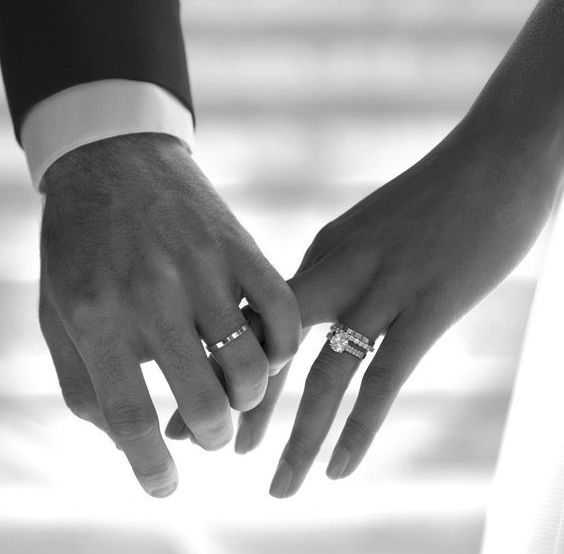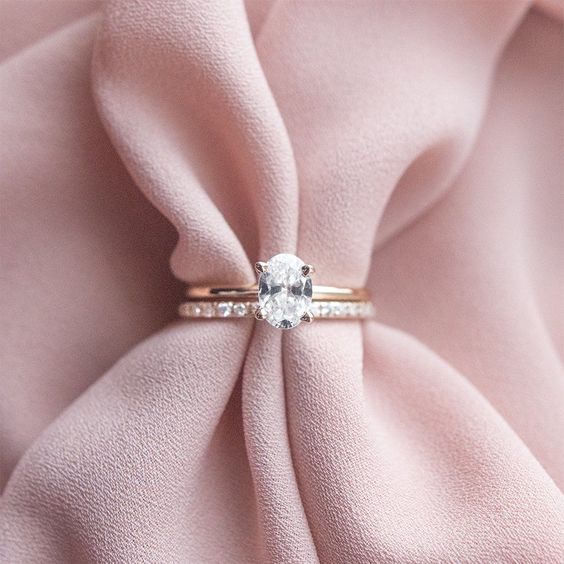
Blood Diamonds? Nah… Here is Why You Should Consider Moissanite
What do you consider the perfect engagement ring? Is it one made of naturally-mined diamonds, lab-grown diamonds, or moissanite? Interestingly, most people frown on blood diamonds, as they have a history hinged on sweat, tears, and blood. The last thing you want is to wear a diamond ring mined at the expense of a child’s life in Africa or South America. Grown diamonds are ideal alternatives, but they don’t come cheap. If you are looking for a high-quality gemstone at an affordable price tag, then moissanite is within your reach. This precious stone shares some similarities with diamonds but looks slightly different, and in actuality, better than its counterpart.
Two Similar Gemstones, Different Properties
When you put a diamond stone beside a moissanite stone, they tend to look alike. However, on closer inspection, moissanite looks more radiant than diamond. Even though most people attach the latter to a rich traditional history, the former is not inferior. Of course, some spouses may be embarrassed to discover that their moissanite engagement ring is not “actually” diamond. Few of them would want to deviate from tradition. But come to think of it, moissanite gemstones are in their rights unique and appealing to a broad market.
How it All Began
In 1893, Henri Moissan, the famous French chemist, discovered moissanite beside a meteor crater in Canyon Diablo, Arizona. Due to this discovery, most people assumed that moissanite originated from the stars. However, it is worth noting that this mineral formation occurs in several parts of the world. Howbeit, it is not ideal for gemstone production. Notwithstanding, in the early 90s, scientists discovered how to convert silicon carbide (SiC) to moissanite crystals. Interestingly, Cree Inc. manufactures these gemstones.
Unlike diamonds, moissanite has an ethical history, as they are lab-grown. Continents with the natural formation of diamonds, such as Africa and South America, have experienced an unending violation of human rights and civil unrest. Another area of concern is the mining process, which is either done using heavy-duty machinery or by hand (Alluvial mining) – both methods being unethical and detrimental to humans and the environment. As a result, many individuals frown on the sales of these “blood” diamonds.

Diamond or Moissanite – Your Call
Although being a cheaper alternative to diamond, moissanite gemstones provide more brilliance and radiance. Thanks to its “birefringence” and “double refractive” properties, moissanite sparkle better than diamonds. Hence, if you intend to capture your audience’s attention, consider moissanite jewellery your go-to accessory. Preceding the introduction of Forever Brilliant® by Charles & Colvard, moissanite stones had always had green or grey hues. But the recent development has resolved this issue.
Some still prefer the naturally-mined diamond, as it gives the wearer a sense of “realness.” But that is not to state that moissanite gemstones are fake. In actuality, they are as real as their counterparts and hard to come by. Having a moissanite wedding ring means that you can rock it for life without worrying about scratches or damage. Moreover, if you are purchasing from Charles & Colvard, there are several colour options available to choose from, including eco-friendly colours.
So… what would be your choice?




